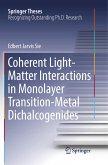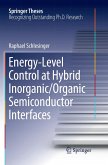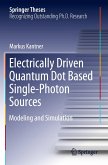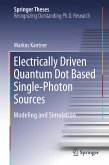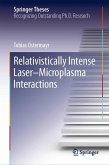This thesis presents optical methods to split the energy levels of electronic valleys in transition-metal dichalcogenides (TMDs) by means of coherent light-matter interactions. The electronic valleys found in monolayer TMDs such as MoS2, WS2, and WSe2 are among the many novel properties exhibited by semiconductors when thinned down to a few atomic layers, and have have been proposed as a new way to carry information in next generation devices (so-called valleytronics). These valleys are, however, normally locked in the same energy level, which limits their potential use for applications. The author describes experiments performed with a pump-probe technique using transient absorption spectroscopy on MoS2 and WS2. It is demonstrated that hybridizing the electronic valleys with light allows one to optically tune their energy levels in a controllable valley-selective manner. In particular, by using off-resonance circularly polarized light at small detuning, one can tune the energy level of one valley through the optical Stark effect. Also presented within are observations, at larger detuning, of a separate contribution from the so-called Bloch--Siegert effect, a delicate phenomenon that has eluded direct observation in solids. The two effects obey opposite selection rules, enabling one to separate the two effects at two different valleys.


